Understanding local needs and looking to the future: A visit to the BISA sites
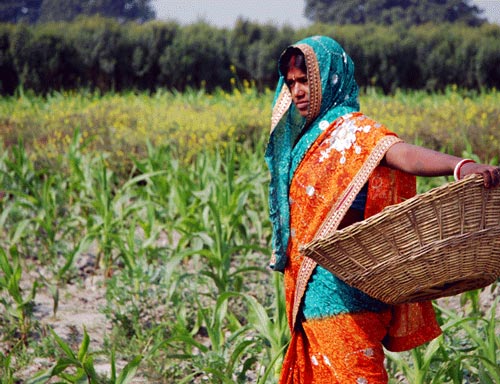 During 21 January-05 February, a delegation consisting of Director General Thomas Lumpkin, Global Wheat Program Associate Director and Head of Pathology, Etienne Duveiller, Board member Andy Barr, and Development Officer Cheraé Robinson travelled from El Batán to visit the three sites of the newly established Borlaug Institute for South Asia (BISA). They were accompanied by Ajai Kumar and Raj Gupta, from CIMMYT’s New Delhi office.
During 21 January-05 February, a delegation consisting of Director General Thomas Lumpkin, Global Wheat Program Associate Director and Head of Pathology, Etienne Duveiller, Board member Andy Barr, and Development Officer Cheraé Robinson travelled from El Batán to visit the three sites of the newly established Borlaug Institute for South Asia (BISA). They were accompanied by Ajai Kumar and Raj Gupta, from CIMMYT’s New Delhi office.
Duveiller, who will be relocating from Mexico to India as the Head of Research for BISA stated “it is amazing what has been done in such a short span of time. But there is still a great deal of work to do and very exciting opportunities for research in a fast changing environment —not only economically in India, but also considering global change and climate change.”
The visit offered an opportunity not only for the delegation to gain an understanding of the new institute, but also to speak with local farmers about their concerns and specific challenges they are experiencing in their region. The group met with agricultural producers, students of the local agricultural universities, and state agricultural research institutes to develop ties with local stakeholders and understand the challenges and needs currently facing communities surrounding the BISA sites.
Towards the end of the visit, Lumpkin also participated in a gathering in Bihar, which brought together over 1,000 farmers from India’s poorest state to address current shortcomings and needs of agricultural producers in the region. The event gathered not only local producers, but also government officials and representatives including Nitish Kumar, Chief Minister of Bihar and Mangala Rai, Agriculture Advisor to the Chief Minister of Bihar.
BISA was officially launched on 05 October 2011. In less than four months, the three BISA sites have begun research activities, a process which has included demarcating the boundaries of the properties and preparing the land and seeding. The official groundbreaking ceremony for the sites will be held later this year.
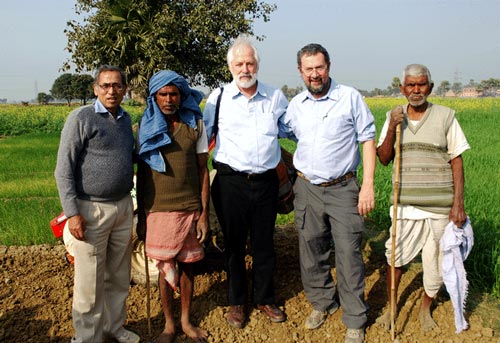
 A
A 
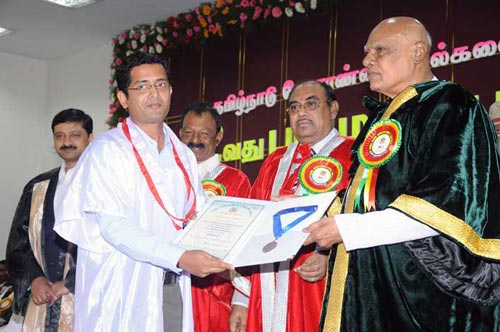 M.T. Vinayan has been working with P.H. Zaidi at CIMMYT-Asia, Hyderabad, and was recently awarded the 2011 gold medal for the ‘Best PhD student in Plant Breeding and Genetics’ from Tamil Nadu Agricultural University (TNAU), India. During the ceremony on 23 November 2011, Vinayan was also presented with the ‘Dr. R. Appadurai, Dr. R Rathinasamy, and Dr. S. Kannaiyan Award’ by the Governor of Tamil Nadu, K. Rosaiah. Vinayan conducted his thesis on “Genetic architecture of spotted stem borer resistance in sorghum as inferred from QTL mapping and synteny with the maize genome” under the guidance of C.T. Hash (Principal Scientist, ICRISAT) and K. Mohanasundaram (TNAU).
M.T. Vinayan has been working with P.H. Zaidi at CIMMYT-Asia, Hyderabad, and was recently awarded the 2011 gold medal for the ‘Best PhD student in Plant Breeding and Genetics’ from Tamil Nadu Agricultural University (TNAU), India. During the ceremony on 23 November 2011, Vinayan was also presented with the ‘Dr. R. Appadurai, Dr. R Rathinasamy, and Dr. S. Kannaiyan Award’ by the Governor of Tamil Nadu, K. Rosaiah. Vinayan conducted his thesis on “Genetic architecture of spotted stem borer resistance in sorghum as inferred from QTL mapping and synteny with the maize genome” under the guidance of C.T. Hash (Principal Scientist, ICRISAT) and K. Mohanasundaram (TNAU).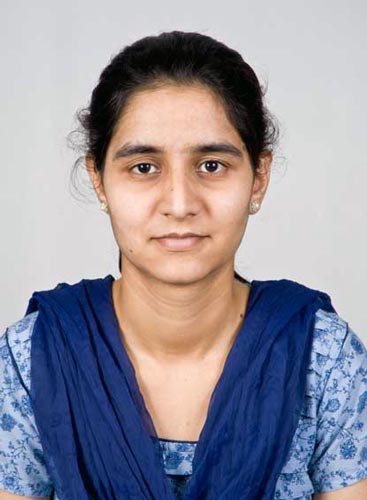 At the
At the 
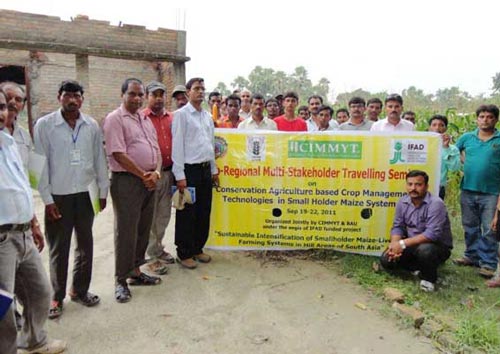 During 19-22 September 2011, Birsa Agricultural University (BAU), Jharkhand, India, hosted the Sub-Regional Multi-Stakeholder Travelling Seminar entitled “Conservation Agriculture Based Crop Management Technologies in Smallholder Maize Systems.” Organized jointly by BAU and CIMMYT-India, under the aegis of the IFAD “Sustainable Intensification of Smallholder Maize-Livestock Farming Systems in Hill Areas of South Asia” project, the seminar was attended by 37 scientists, extension agents and NGO representatives, students from Krishi Vigyan Kendra’s (KVKs) and BAU, and farmers from the three districts of Jharkhand.
During 19-22 September 2011, Birsa Agricultural University (BAU), Jharkhand, India, hosted the Sub-Regional Multi-Stakeholder Travelling Seminar entitled “Conservation Agriculture Based Crop Management Technologies in Smallholder Maize Systems.” Organized jointly by BAU and CIMMYT-India, under the aegis of the IFAD “Sustainable Intensification of Smallholder Maize-Livestock Farming Systems in Hill Areas of South Asia” project, the seminar was attended by 37 scientists, extension agents and NGO representatives, students from Krishi Vigyan Kendra’s (KVKs) and BAU, and farmers from the three districts of Jharkhand.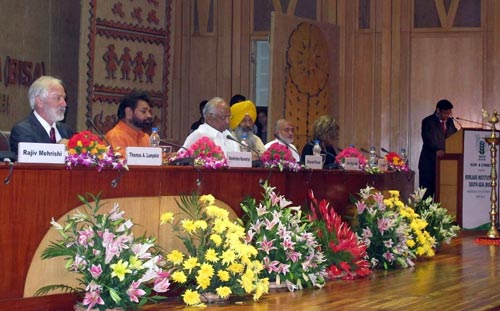 The Borlaug Institute for South Asia (BISA) was officially launched on Wednesday, 5 October 2011, at the A.P. Shinde Symposium Hall, NASC Complex in New Delhi, India.
The Borlaug Institute for South Asia (BISA) was officially launched on Wednesday, 5 October 2011, at the A.P. Shinde Symposium Hall, NASC Complex in New Delhi, India.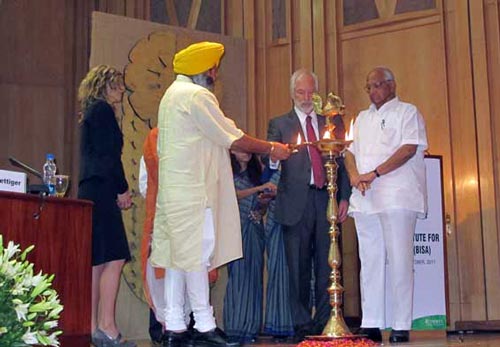 The official opening ceremony was marked by a cultural event featuring classical Indian dancing including choreographical styles from all three states. In addition to CIMMYT-India staff and speakers, also present at the launching ceremony were the management committee of CIMMYT and its Board of Trustees. The launching ceremony was attended by representatives from CIMMYT’s sister institutions ILRI, IRRI, ICARDA, and Bioversity, as well as by the Allan Mustard Institute of the US Dept. of Agriculture and the private sector. The event was closed by a dinner and a speech by the Board of Trustees Chair, Sara Boettiger.
The official opening ceremony was marked by a cultural event featuring classical Indian dancing including choreographical styles from all three states. In addition to CIMMYT-India staff and speakers, also present at the launching ceremony were the management committee of CIMMYT and its Board of Trustees. The launching ceremony was attended by representatives from CIMMYT’s sister institutions ILRI, IRRI, ICARDA, and Bioversity, as well as by the Allan Mustard Institute of the US Dept. of Agriculture and the private sector. The event was closed by a dinner and a speech by the Board of Trustees Chair, Sara Boettiger.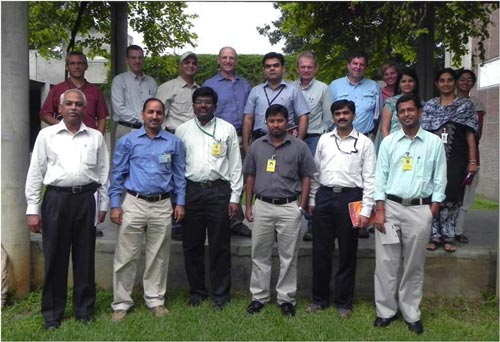
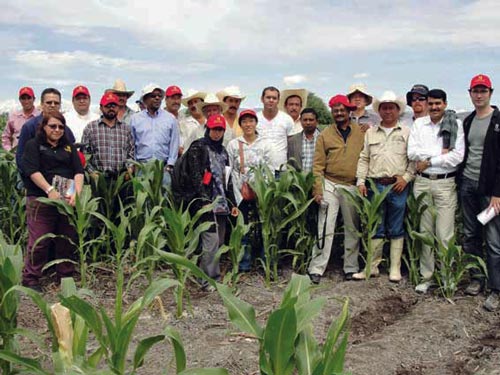 “It is very difficult to find conservation agriculture machinery. You have to go to China or India to get it,” said Mahesh Kumar Gathala, new CIMMYTBangladesh-based cropping systems agronomist for South Asia. Gathala, a native of India, was just one of the 15 participants invited to attend a five-week conservation agriculture course at CIMMYT-El Batán, Mexico, where improving machinery and professional capacity were hot topics.
“It is very difficult to find conservation agriculture machinery. You have to go to China or India to get it,” said Mahesh Kumar Gathala, new CIMMYTBangladesh-based cropping systems agronomist for South Asia. Gathala, a native of India, was just one of the 15 participants invited to attend a five-week conservation agriculture course at CIMMYT-El Batán, Mexico, where improving machinery and professional capacity were hot topics.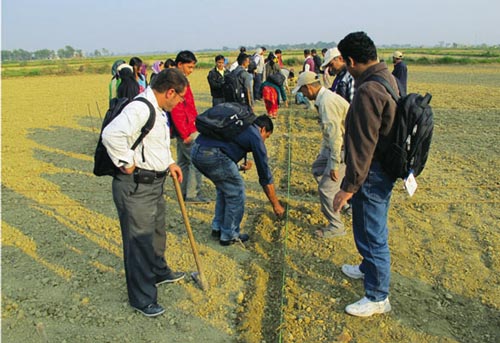 The Wheat Research Center (WRC) in Bhairahawa welcomed 20 early and mid-career wheat breeders from four CSISA countries (Bangladesh, India, Nepal, and Pakistan) to its scenic campus in Nepal’s Terai region to participate in a two-week regional Wheat Improvement and Pathology course which was organized in collaboration with Nepal Agricultural Research Council (NARC) from 29 November- 12 December 2010.
The Wheat Research Center (WRC) in Bhairahawa welcomed 20 early and mid-career wheat breeders from four CSISA countries (Bangladesh, India, Nepal, and Pakistan) to its scenic campus in Nepal’s Terai region to participate in a two-week regional Wheat Improvement and Pathology course which was organized in collaboration with Nepal Agricultural Research Council (NARC) from 29 November- 12 December 2010.